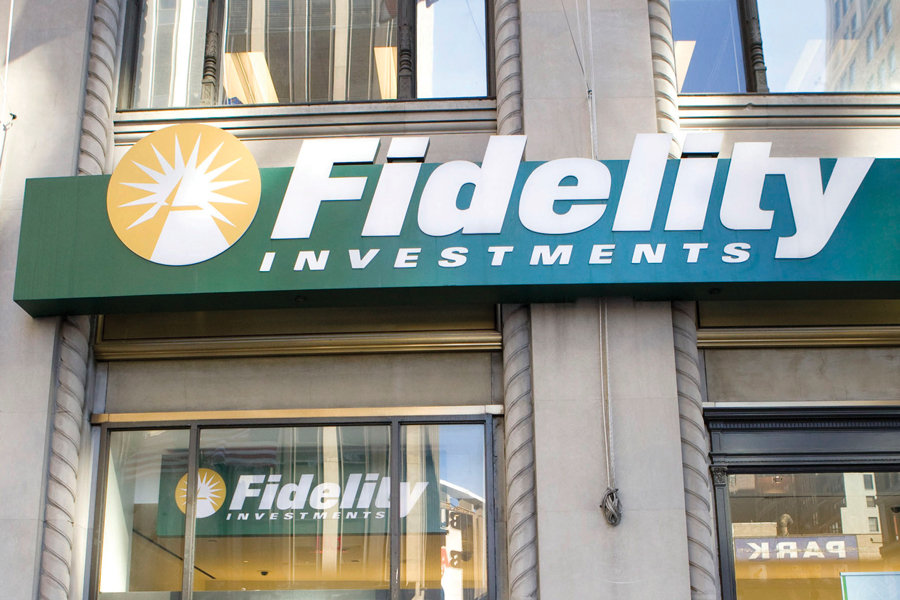

Spying an opportunity to expand its presence in the growing financial adviser trend of outsourcing investment management, Fidelity Investments has introduced four new model bond portfolios.
The latest rollout, which focuses on risk-adjusted total return, brings Fidelity’s model portfolio lineup to 21 across equities, fixed income and multi-asset strategies. The new models include short multi-sector bond, core bond, core plus bond, and dynamic bond.
Fidelity entered the model portfolio space in June 2018 and currently offers its portfolios on five external platforms, in addition to 1,500 financial advisers subscribing to its quarterly portfolio updates.
“There is absolutely a trend toward outsourcing investment management,” said Matt Goulet, senior vice president, Fidelity Institutional Asset Management.
Research from Fidelity and Cerulli Associates identifies a small percentage of advisers who “operate as engineers and build their own portfolios.”
On the other end, there are about 10% to 15% of advisers who are outsourcing all investment management services.
The largest segment, according to Mr. Goulet, is the middle group that is outsourcing some investment management and adding value by customizing model portfolios.
“They’re not fully outsourcing because they’re maintaining control,” he said. “We’re realizing more advisers want to operate as CEO and not necessarily as a CIO.”
Even advisers who typically build their own allocations on the equity side will often outsource or rely on models for the fixed-income side, Mr. Goulet said.
“Advisers might feel confident picking funds and individual securities on the equity side, but can be less confident when it comes to things like measuring duration and evaluating credit quality for bonds,” he said.
In addition to tapping into the institutional expertise of an $8.2 trillion asset management company, the models often appeal to advisers for being non-discretionary. That means, while each model is updated quarterly with four to 12 underlying mutual funds and ETFs, the adviser has the discretion to customize or supplement any of the underlying funds in the model.
And while the underlying funds in the models are mostly made up of Fidelity products, that’s not always the case, Mr. Goulet said.
The models, which are updated quarterly by Fidelity, offer advisers increasing levels of duration and high-yield bond exposures.
“Think of model portfolios as a recipe; they can serve as a starting point for advisers but allow for a level of customization based on their clients’ needs,” Mr. Goulet said.

A Texas-based bank selects Raymond James for a $605 million program, while an OSJ with Osaic lures a storied institution in Ohio from LPL.

The Treasury Secretary's suggestion that Trump Savings Accounts could be used as a "backdoor" drew sharp criticisms from AARP and Democratic lawmakers.

Changes in legislation or additional laws historically have created opportunities for the alternative investment marketplace to expand.

Wealth managers highlight strategies for clients trying to retire before 65 without running out of money.

Shares of the online brokerage jumped as it reported a surge in trading, counting crypto transactions, though analysts remained largely unmoved.
Orion's Tom Wilson on delivering coordinated, high-touch service in a world where returns alone no longer set you apart.
Barely a decade old, registered index-linked annuities have quickly surged in popularity, thanks to their unique blend of protection and growth potential—an appealing option for investors looking to chart a steadier course through today's choppy market waters, says Myles Lambert, Brighthouse Financial.
